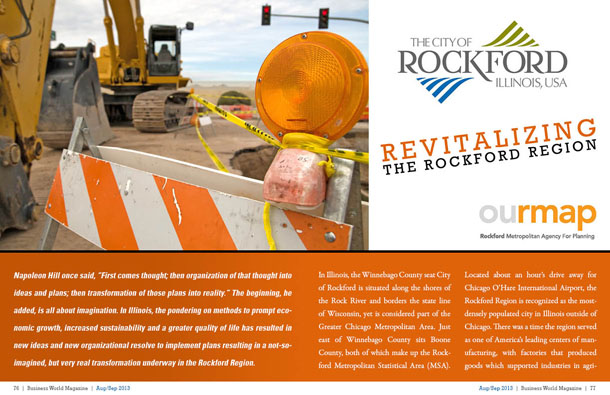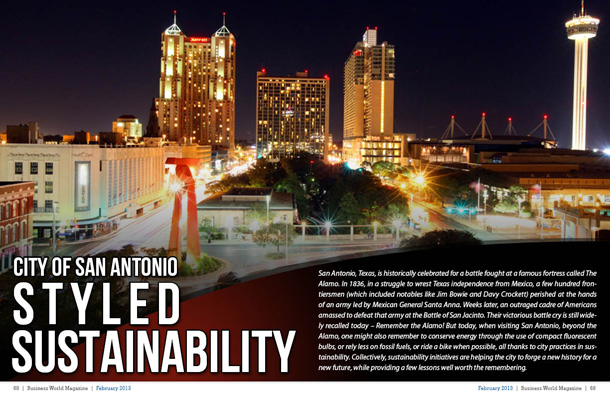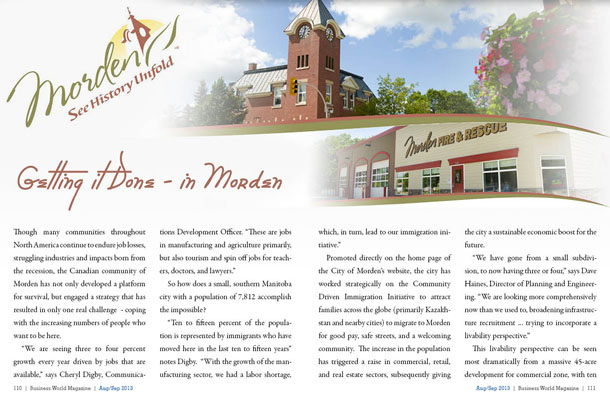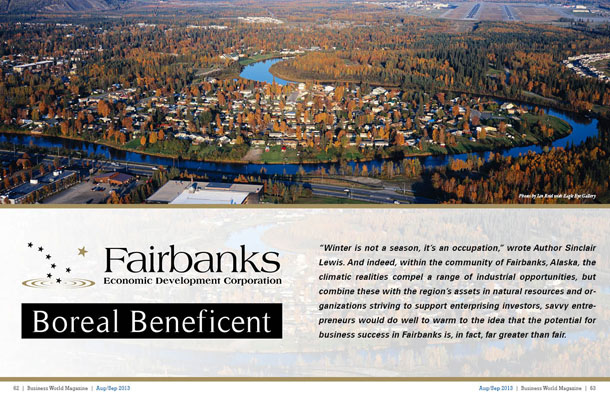
Â

Napoleon Hill once said, “First comes thought; then organization of that thought into ideas and plans; then transformation of those plans into reality.†The beginning, he added, is all about imagination. In Illinois, the pondering on methods to prompt economic growth, increased sustainability and a greater quality of life has resulted in new ideas and new organizational resolve to implement plans resulting in a not-so-imagined, but very real transformation underway in the Rockford Region.Â
In Illinois, the Winnebago County seat City of Rockford is situated along the shores of the Rock River and borders the state line of Wisconsin, yet is considered part of the Greater Chicago Metropolitan Area. Just east of Winnebago County sits Boone County, both of which make up the Rockford Metropolitan Statistical Area (MSA). Located about an hour’s drive away for Chicago O’Hare International Airport, the Rockford Region is recognized as the most-densely populated city in Illinois outside of Chicago. There was a time the region served as one of America’s leading centers of manufacturing, with factories that produced goods which supported industries in agriculture and transportation, and in the early 20th Century, more furniture was produced in this city than almost anywhere else in the world. Over recent decades, so many of those manufacturers have closed down, leaving vacant and deteriorating infrastructure to complement diminishing quality of life spurred by increasing unemployment, urban blight and crime. In recent years, this once thriving region has secured recognition as one of America’s “worst†places to live. Yet, at the same time, the region has many advantages working for it in terms of potential for retail operators, or healthcare, and its location has made for an important hub of activity in the field of transportation and logistics. Beyond this, and what may prove to be the community’s greatest advantage, is a concerted effort to effect the changes that will result in a revolutionary new Rockford Region.
Over the last two years, Rockford’s Metropolitan Agency on Planning (RMAP) has led an initiative now resulting in a regional sustainability plan bolstered by the most comprehensive analysis of social, economic and environmental factors ever to take place in this community, and quite possibly, any community in the nation. RMAP Executive Director Steve Ernst posits that in order to devise the appropriate strategies to achieve sustainability goals, the region first had to have a thorough understanding of the aspects working for it and against it. Liken it to a doctor treating a patient. In order to prescribe the necessary remedy, the doctor must make a full diagnosis of the patient’s vital signs. In the case of the Rockford Region, the prognosis for future prosperity involves the first regional plan for sustainable development through a project called Rockford Region Vital Signs.
Ernst explains that the project originated from the galvanization of more than 30 agencies from the Illinois Counties of Winnebago and Boone who collectively agreed to align their respective strategies for economic growth and increased sustainability into a common framework of goals and action plans. In leading this consortium, the RMAP was awarded a $600,000 grant from the U.S. Department of Housing and Urban Development’s Partnership for Sustainable Communities which is has since used to develop a sustainability plan that targets solutions involving more than a dozen socio-economic categories which includes all from biodiversity, education, health and housing to safety, technology, transportation, waste management and more.
With respect to each category, Ernst explains that 20-year goals will be set and advanced through action steps undertaken by community members and public and private community leaders. Metrics will also be aligned to each category to effectively monitor and measure progression toward desired outcomes. Genevieve Borich, who serves as Co-Director of the Regional Vital Signs Project, explains that in order to produce an overall change in the Rockford Region, it was imperative to proceed in a balanced approach in the range of categories, in such a way that no one aspect took precedence over another, each identified segment is ultimately deemed essential to the future of the region. The next steps include creating a centralized structure tasked with oversight of the plan’s implementation. Ernst explains that as best practices are adopted, the region will develop tools in the form of financial incentives, updated or new codes and new regulatory protocols. Additional work will involve connecting with grants and funding solutions to further implementation of particular strategies formulated in the various categories. For example, as a result of both the online data commons website as well as efforts to begin improving the region now, local leaders are presently having more strategic conversations and implementing specific programs aiming to lower the consistently above-average unemployment rates (largely comprised by low educational attainment involving young-adult minorities). With everything from partnering with Etsy to develop the nation’s first local program to help residents start their own business by producing home-made products to teaching low-income kids how to start a business by selling food grown in community gardens, local leaders are attempting to make inroads in innovative ways.
Regional data and data visualizations are being housed for Vital Signs via a website (www.ourvitalsigns.com). These visualizations aim to empower community leaders to see current trends as well as monitor local progress with the regional goals and strategies developed for the sustainability plan.  Ernst refers to this new regional sustainability plan as a “playbook†not only for Rockford, but also households, neighborhoods, local organizations, businesses and municipal governments. Stakeholders will now use this playbook to tackle the region’s greatest challenges, and better ensure a touch-down for future success.
For more information, please visit their website at: Â The City of Rockford
Preferred Vendors of Choice:








